Peru contains three very special energy areas: Nazca, Lake Titicaca and Cusco. The city of Cusco and its nature have energy centers or chakras. These places are loaded with energy where the human being can find the source of power to strengthen his mind and spirit.
Not only will it make us feel good on the outside, but also in our mood.
In this sense, there is no perfect exercise, choose the one that best makes you feel: walking, running, cycling and touring these beautiful places than the city of Cusco.
These are some of the places you can visit in the city of Cusco so that to charge the positive energy body and you can activate.
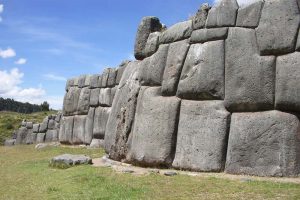 The Fortress of Sacsayhuman
The Fortress of Sacsayhuman
Sacsayhuamán is one of the most amazing Inca constructions. Its name in Quechua means “satisfied hawk”. Therefore, it was the hawk that guarded the capital of the empire, since the entire city dominates from the hill on which it was erected. As is known, Cusco was designed in the shape of a lying cougar, La Fortaleza de Sacsayhuamán would become its head, while the Qoricancha would correspond to the feline’s genitals. The entrance to this fortress where you can experience the passage of cosmic energy, particularly during clear days.
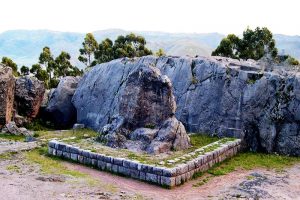 Qenqo
Qenqo
Kenko or Qenko, Its name in Quechua Q’inqu means “labyrinth” is an archeological center located in the Sacred Valley of the Incas, 6 km. from the city of Cuzco (5 min. northeast of Cuzco). It is made up of two places: El Grande, which is at the foot of the road that goes from Sacsayhuamán to Písac; and El Chico, which is 350 meters west of the previous one, on the hillside.
This monument was described as an amphitheater, as it has a semicircular construction. It is presumed that it was one of the most important sanctuaries in the incanato. Likewise, the labyrinth with its zigzag channels and its mute stone is attractive to the center in front of which the worshipers of Inti or Sun god and the goddess Pacha Mama or Earth were possibly prostrated.
Tambomachay
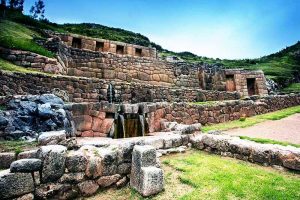 The archaeological site of Tambomachay is 8 km away, just 15 min. northeast of Cusco, by paved road, and 1 km from Puca-pucará. It is located on the slopes of a hill near the main road to Antisuyo, on the Tambomachay river. It is also known as the Tambo de la Caverna.
The archaeological site of Tambomachay is 8 km away, just 15 min. northeast of Cusco, by paved road, and 1 km from Puca-pucará. It is located on the slopes of a hill near the main road to Antisuyo, on the Tambomachay river. It is also known as the Tambo de la Caverna.
Apparently it was the favorite resort of the Inca, but at the same time, it was one of the pillars of the defensive system of the Cuzco Valley when contact with the place awake magnetic energies to its entire environment.
Machup Picchu
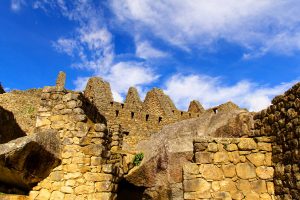 Machu Picchu its name in Quechua machu pikchu, «Old Mountain», is the contemporary name given to a llaqta, Machu Picchu is considered at the same time a masterpiece of architecture and engineering. Its peculiar architectural and landscape features, and the veil of mystery that has woven around much of the literature published on the site, have made it one of the most popular tourist destinations on the planet. It is a true magnetic center and axis of cosmological conjunction. Its vertices are oriented with the four cardinal points.
Machu Picchu its name in Quechua machu pikchu, «Old Mountain», is the contemporary name given to a llaqta, Machu Picchu is considered at the same time a masterpiece of architecture and engineering. Its peculiar architectural and landscape features, and the veil of mystery that has woven around much of the literature published on the site, have made it one of the most popular tourist destinations on the planet. It is a true magnetic center and axis of cosmological conjunction. Its vertices are oriented with the four cardinal points.
The cults to the Sun and the Moon, to the Water, to the Wind and to the Stone are evidenced in several other constructions of this historical sanctuary. Every day hundreds of tourists come to absorb the energy emanating from this stone monument.
Moray
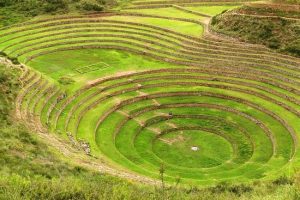
The archaeological remains of Moray are located 7 kilometers from Maras, in the Sacred Valley of the Incas, 38 km northwest of Cusco. Etymologically, The word Moray had something to do with the corn crop that was called Aymoray, or with the month of May, which is also called Aymoray, and also with the dehydrated potato that is Moraya or Moray. According to some scholars of this place, Moray was possibly an Inca agricultural research center where crop experiments were carried out at different heights. The layout of its platforms produces a gradient of microclimates having the center of the concentric circular platforms one more temperature high and gradually reducing outward to lower temperatures, thus being able to simulate up to 20 different types of microclimates, In addition, It is surrounded by beautiful landscapes, with wildlife that only inhabits these regions. The area is ideal for bird watching, camping, hiking and bicycles.
